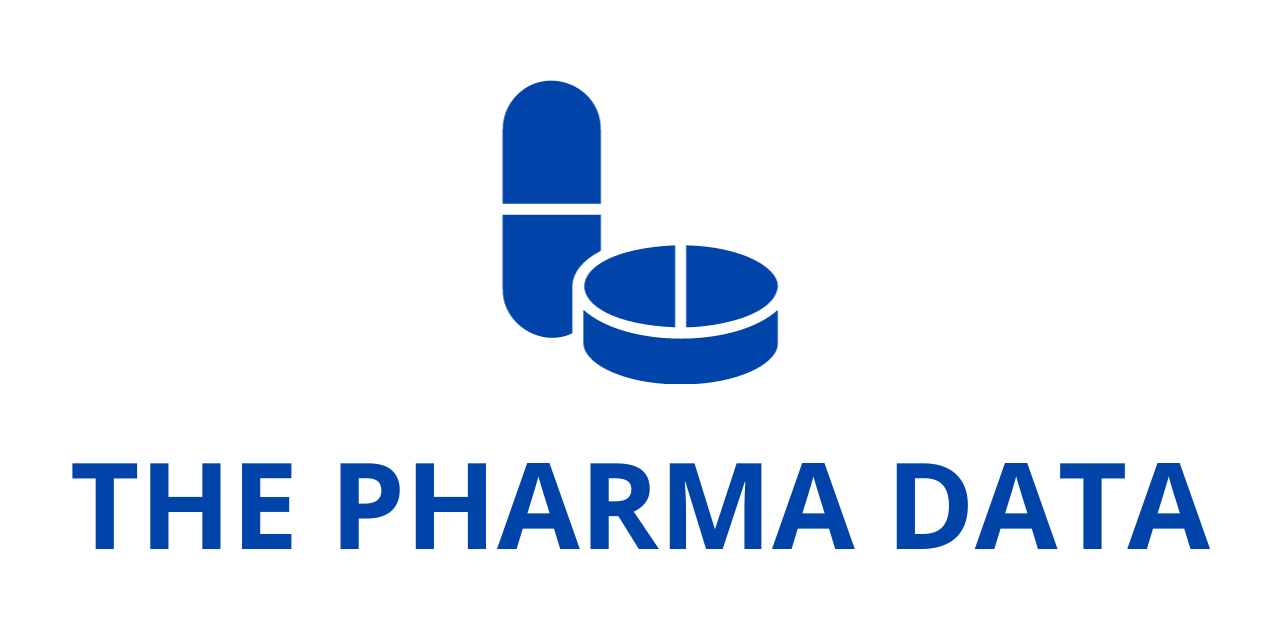
Global Cancer Vaccine Market Poised for Strong Growth Through 2031, Driven by Innovation in Precision Immunotherapy and Personalized Medicine
The global cancer vaccine market has experienced robust growth over recent years and is expected to continue on this trajectory, propelled by advancements in immuno-oncology, the rising global cancer burden, and increasing investments in personalized therapeutics. Between 2021 and 2024, the market grew at a compound annual growth rate (CAGR) of 6.68%, reaching a valuation of USD 12.16 billion in 2024. Looking ahead, the market is projected to reach USD 20.88 billion by 2031, reflecting the growing importance of cancer vaccines in oncology treatment and prevention.
Key Growth Drivers
Several key factors are accelerating the momentum of the cancer vaccine market:
- Innovation in Immuno-Oncology: The evolution of cancer vaccines is increasingly intertwined with breakthroughs in immuno-oncology. Novel approaches such as neoantigen targeting, tumor-specific antigen mapping, and checkpoint inhibitor combinations are enhancing vaccine efficacy and response rates.
- Rising Cancer Incidence: With cancer now among the leading causes of death globally, the urgency for effective treatment and prevention strategies continues to grow. According to the WHO, global cancer cases are projected to rise significantly over the coming decade, creating sustained demand for both preventative and therapeutic vaccine options.
- Personalized Medicine: The push toward individualized cancer care is opening new frontiers in vaccine development. Personalized cancer vaccines, tailored to a patient’s tumor profile, are gaining traction, particularly in trials for hard-to-treat solid tumors such as glioblastoma, melanoma, and pancreatic cancer.
- Government Support and Funding: Many governments and global health bodies are supporting vaccine research and immunization programs through policy incentives, funding, and infrastructure development. This includes preventative campaigns such as HPV vaccination for cervical cancer, which remains a model for future public health-driven cancer vaccine deployment.
Market Segmentation
By Type: Preventative vs. Therapeutic
Preventative cancer vaccines currently dominate the market, owing largely to the widespread adoption of HPV vaccines and increasing implementation of hepatitis B vaccination programs to prevent liver cancer. Their established efficacy, cost-effectiveness, and inclusion in national immunization schedules have helped these vaccines maintain a leading market share.
However, therapeutic cancer vaccines—designed to treat rather than prevent cancer—are quickly gaining traction. These vaccines aim to stimulate the body’s immune system to recognize and destroy cancer cells. The pipeline for therapeutic cancer vaccines is robust, bolstered by advancements in tumor antigen discovery and combination therapies with immune checkpoint inhibitors. This segment is expected to show significant growth through 2031.
By Technology Type
Recombinant vaccines represent the largest share of the cancer vaccine technology landscape due to their strong safety profile, high immunogenicity, and scalable manufacturing. Their clinical track record in both prophylactic and therapeutic settings continues to drive demand.
Meanwhile, other platforms such as whole-cell vaccines, viral vector-based vaccines, and DNA-based vaccines are emerging as key areas of innovation. DNA vaccines, in particular, are gaining momentum as non-infectious, stable, and highly targeted immunotherapies suitable for rapid development—especially with support from bioinformatics and AI-driven antigen discovery platforms.
Regional Dynamics
The Americas currently lead the global market, buoyed by advanced healthcare systems, strong biopharma R&D ecosystems, and supportive regulatory frameworks. The presence of major cancer vaccine developers such as Merck, Moderna, and Bristol Myers Squibb further reinforces the region’s dominance.
However, Asia-Pacific is projected to exhibit the fastest growth rate over the forecast period. Increasing cancer prevalence, rising healthcare expenditure, expanding biotechnology infrastructure, and growing clinical trial activity in countries such as China, India, and South Korea are driving regional growth. Government-backed initiatives to enhance access to oncology therapeutics are also playing a pivotal role.
Strategic Recommendations and Competitive Landscape
The report highlights key strategic opportunities for stakeholders, including:
- Integrating AI and Bioinformatics: Companies are urged to invest in data-driven tools to identify optimal tumor antigens and accelerate the design of personalized vaccines.
- Seeking Fast-Track and Orphan Drug Designations: Regulatory incentives can significantly reduce development time and costs, particularly for niche or rare cancers.
- Strengthening Competitive Positioning: Firms are encouraged to assess market positioning using tools such as product positioning maps, portfolio analysis, and benchmarking of partnership strategies.
The competitive landscape features several major players, each contributing to innovation through proprietary platforms, strategic partnerships, and a focus on therapeutic niche areas. Key companies profiled in the report include:
- Merck & Co., Inc.
- Amgen Inc.
- Bristol Myers Squibb
- GSK plc
- Moderna, Inc.
- BioNTech SE
- Dendreon Pharmaceuticals LLC
- Gritstone bio, Inc.
- Nouscom S.r.l.
- Immunomic Therapeutics, Inc.
These companies are actively involved in clinical trials, mergers and acquisitions, and next-generation vaccine design, positioning themselves at the forefront of the cancer immunotherapy revolution.




